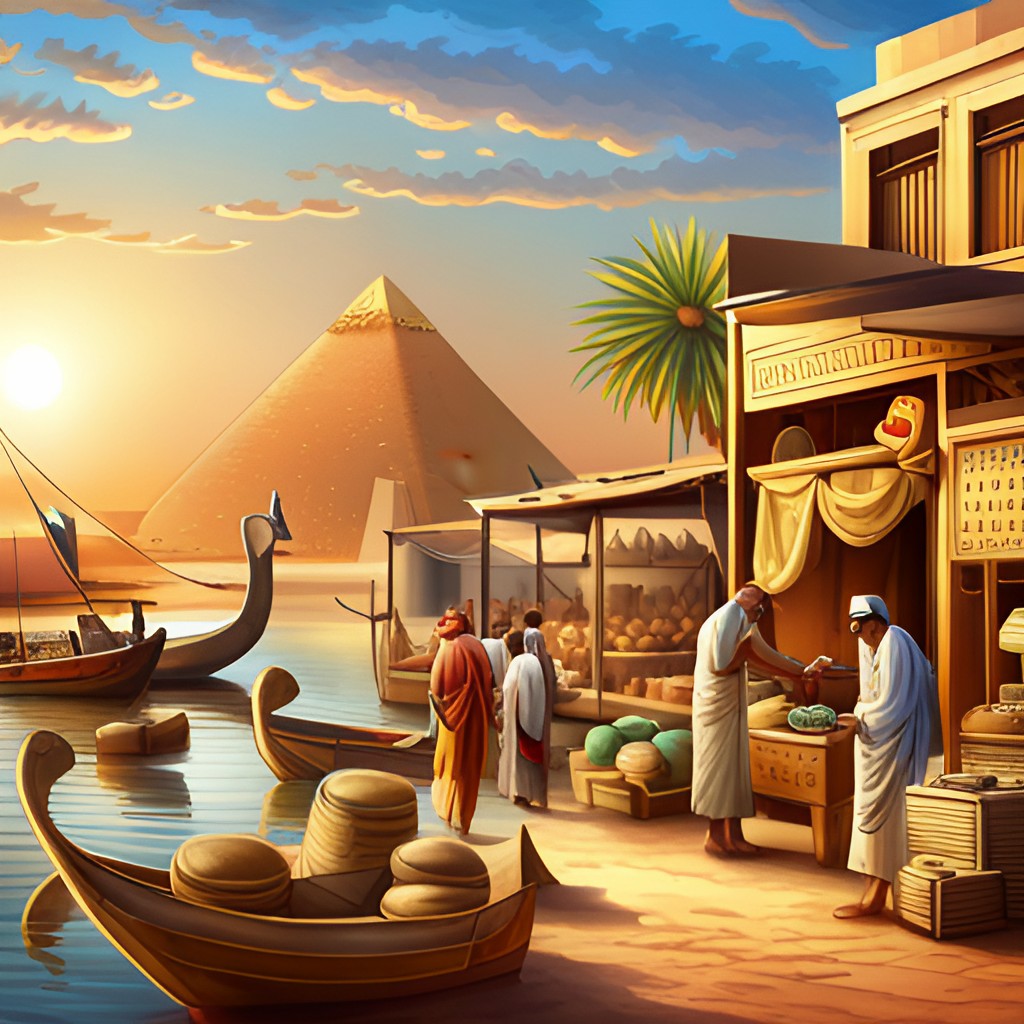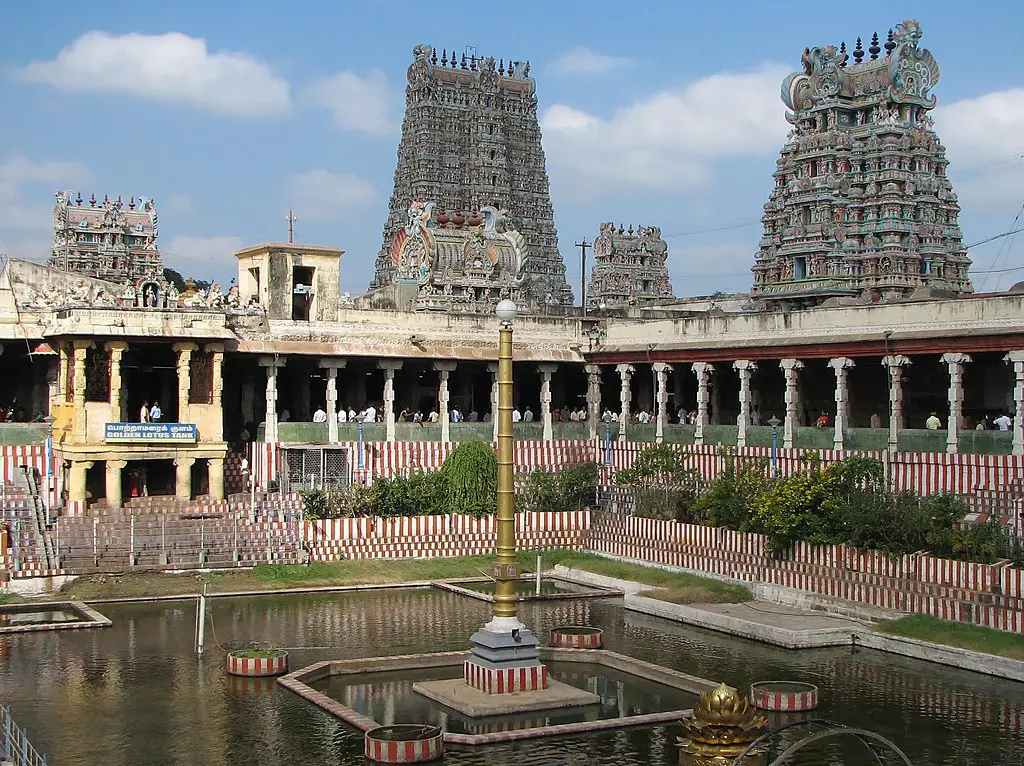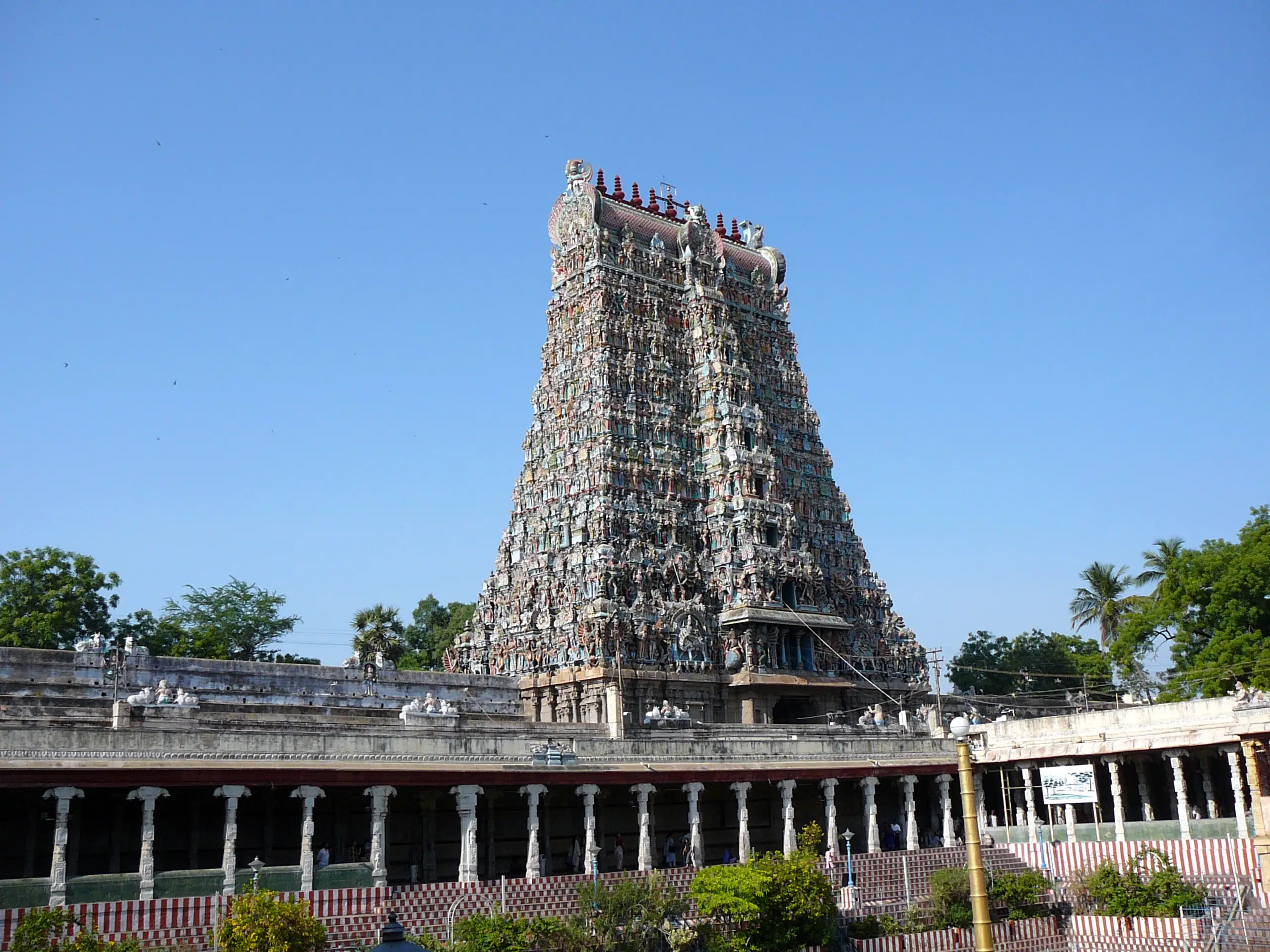Addressing the topic How Did the Nile Shape Ancient Egypt? The Nile River stands as the cornerstone of ancient Egyptian civilization, leaving an indelible mark on every facet of life in this majestic land. Its meandering flow and seasonal inundations sculpted not just the landscape but the very essence of Egyptian society, culture, and economy.
Introduction to the Nile River
The Nile, the world’s longest river, served as the lifeblood of ancient Egypt. Its origins in the heart of Africa, traversing through varied landscapes, brought sustenance and vitality to the parched lands of Egypt. Spanning over 4,000 miles, the Nile shaped the destiny of an entire civilization.
1. Geographical Significance of the Nile in Ancient Egypt
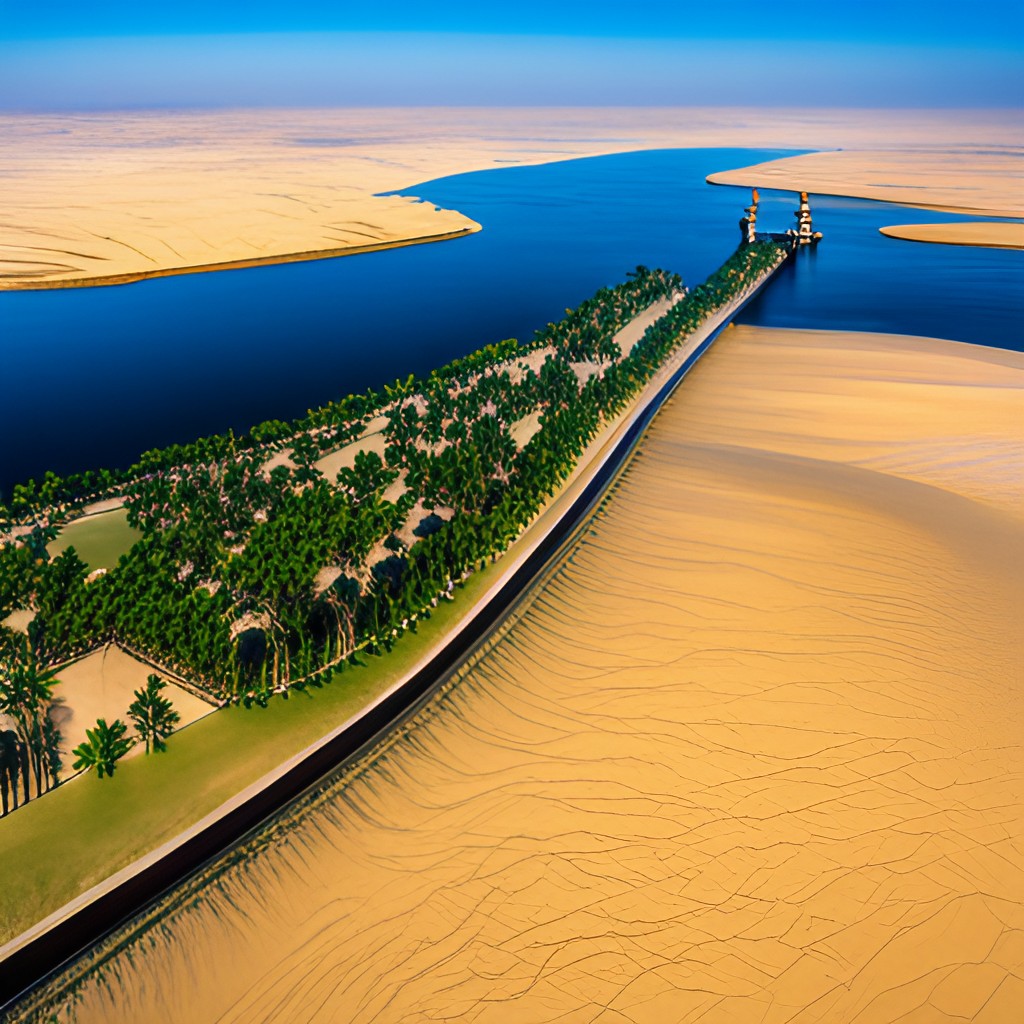
Nile as the Lifeline of Ancient Egypt
The annual floods of the Nile weren’t just a natural occurrence but a blessing. These floods, while initially daunting, brought fertile silt, enriching the soil and allowing for bountiful agricultural yields. The Nile’s floods were the crux of Egyptian agriculture, ensuring the kingdom’s prosperity.
Floods and Agriculture
Egyptians mastered the art of harnessing the floods through an intricate system of irrigation. This technique sustained crops and enabled surplus production, contributing to the nation’s wealth and stability.
Transportation and Trade
Beyond agriculture, the Nile facilitated transportation and trade. Its waters became highways for trade vessels, fostering commerce and cultural exchange not just within Egypt but across ancient civilizations.
Read also : what-did-scribes-do-in-ancient-egypt
2. Cultural and Religious Impact of the Nile
Nile in Mythology and Beliefs
The Nile wasn’t merely a river; it was a divine entity. Egyptians worshipped the Nile as a god, attributing its floods to the benevolence of deities. This spiritual connection was embedded in their daily lives and rituals.
Nile’s Influence on Art and Architecture
The river’s influence extended to art and architecture, inspiring majestic monuments like the pyramids. Depictions of the Nile were omnipresent in Egyptian art, symbolizing life, abundance, and eternity.
3. Nile River’s Role in Ancient Egyptian Society
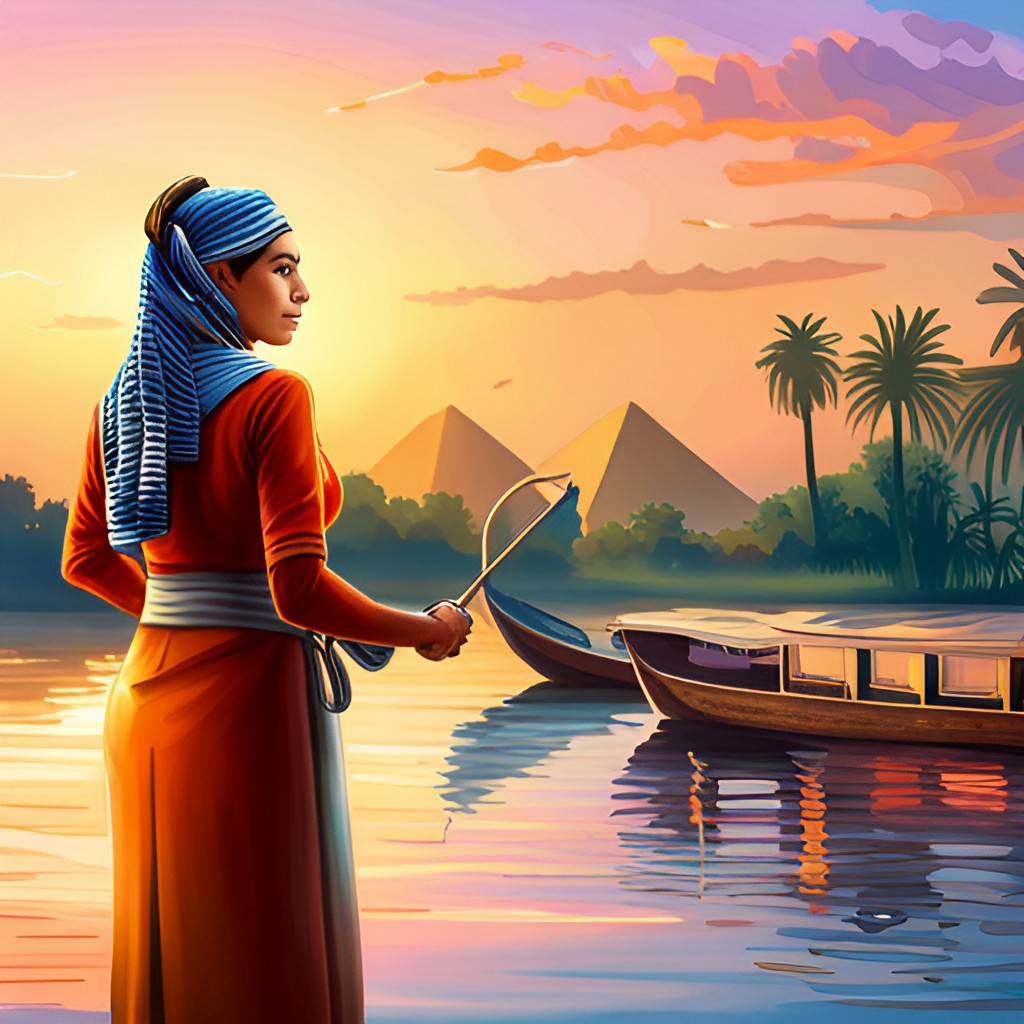
Social Structure and the Nile
The Nile River played an integral role in shaping the social structure of ancient Egypt. Its annual floods brought not only fertile soil but also a surplus of agricultural produce. This surplus allowed certain individuals to specialize in professions beyond farming, leading to the stratification of society.
In the earliest times, Egypt was divided into two regions: Upper Egypt in the south and Lower Egypt in the north, distinguished by their geography along the Nile. The river, acting as a unifying force, played a pivotal role in the amalgamation of these regions into a single kingdom.
As agriculture flourished due to the Nile’s blessings, a hierarchy emerged. At the top was the Pharaoh, considered the divine ruler and responsible for ensuring the Nile’s prosperity. The nobility, priests, and officials formed the upper echelons of society, while artisans, scribes, and laborers constituted the middle and lower classes.
Governance and the Nile
The governance of ancient Egypt was intricately linked to the Nile. The pharaohs were not just political figures but also religious leaders, seen as the intermediaries between the gods and the people. They were believed to possess the divine mandate to maintain Ma’at, the cosmic order, which included ensuring the regularity of the Nile’s floods.
The success or failure of the Nile’s floods had direct implications on the stability of the government. Excessive floods or droughts could lead to famine, civil unrest, and challenges to the ruling authority. Therefore, the pharaohs were deeply invested in the management and control of the Nile’s waters.
Throughout history, several pharaohs undertook ambitious projects to regulate the Nile’s flow, constructing dams, canals, and reservoirs to mitigate the impact of floods and ensure a consistent water supply for agriculture. This management of the river not only sustained the kingdom but also solidified the pharaoh’s position as a divine and indispensable figure in ancient Egyptian society.
The Nile’s influence on governance and societal organization endured for millennia, shaping the core structure and ideologies that underpinned one of the most enduring civilizations in history.
The Nile shaped the societal structure. Its fertility allowed for a surplus of crops, freeing some from agricultural labor and leading to the development of specialized roles within society.
4. Technological Advancements and the Nile
Irrigation Systems
The construction of sophisticated irrigation systems showcased the Egyptians’ mastery over the river. Canals and dikes directed water to fields, maximizing agricultural output.
Architectural Innovations
The Nile’s influence extended to architecture. The need to protect against floods led to innovative construction techniques evident in the design of temples and monuments.
5. Environmental Changes and the Nile’s Impact
Climate Variations and Effects
Changes in the Nile’s flood patterns influenced Egyptian life. Droughts or excessive flooding could disrupt societal balance, leading to challenges for governance and food security.
Nile’s Influence on Ecology
The river shaped Egypt’s unique ecology, supporting diverse flora and fauna along its banks, contributing to the country’s biodiversity.
6. Legacy of the Nile in Modern Egypt
Contemporary Importance of the Nile
Even today, the Nile remains central to Egypt’s existence. It still supports agriculture, provides water for millions, and remains a crucial part of the nation’s identity.
Challenges and Preservation Efforts
However, modern challenges such as population growth and climate change threaten the Nile’s sustainability. Conservation efforts and international cooperation are essential for safeguarding this invaluable resource.
In conclusion, the Nile River wasn’t just a geographic entity; it was the heartbeat of ancient Egypt. Its influence was omnipresent, shaping every aspect of life in this majestic civilization.
FAQs about How Did the Nile Shape Ancient Egypt?
How did the Nile floods benefit ancient Egypt?
The floods brought fertile silt, enriching the soil for agriculture, ensuring abundant harvests.
What role did the Nile play in Egyptian religion?
The Nile was revered as a divine entity, influencing religious beliefs and rituals.
How did the Nile impact Egyptian architecture?
It influenced architectural designs to protect against floods, evident in monumental structures.
What challenges does the modern Nile face?
Modern challenges include population growth and climate change, threatening its sustainability.
How important is the Nile to modern Egypt?
The Nile remains crucial, supporting agriculture, providing water, and shaping Egypt’s identity.

